Viet Nam: ideal destination for South Koreans to live and work
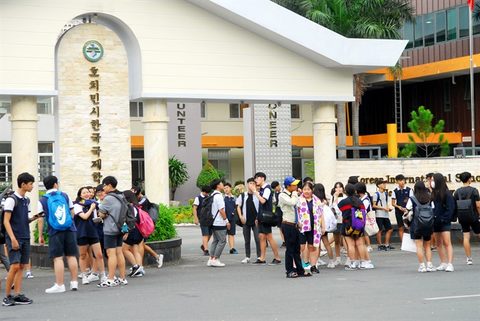 |
| Many South Koreans who live in the Phu My Hung area in HCM City’s District 7 send their children to the Korean International School, which is located in the area. - VNA/VNS Photo Manh Linh |
Just opposite the clothing store is a South Korean coffee shop serving drinks and offering a selection of books for Korean readers, many of whom live in the neighbourhood.
Such sights are common on the streets of Bui Bang Doan, Nguyen Duc Canh, Pham Van Nghi and others in Phu My Hung, a suburban area outside HCM City.
Many South Korean restaurants, spas, shops and a supermarket serve the large South Korean expatriate community in the area. Many of them have signs in Vietnamese, English and Korean, and have staff who can speak Korean.
Grace Choi, 42, who moved with her husband to live in the area, said she could enjoy her country’s food and drinks at local shops and her children were able to attend schools nearby.
“I visited Viet Nam once before. A year ago, my husband said he was coming to work here, so I felt comfortable following him,” Choi added.
Ryan Jung, 47, also of South Korea, initially moved to neighbouring Dong Nai Province in September 2001, when the Korean expatriate community in HCM City was much smaller. Many of them lived on D2 Street in the city’s Binh Thanh District or the K300 residential area in Tan Binh District.
In 2004, when Kenh Te bridge was built, connecting District 4 to District 7, more South Koreans moved from other districts such as Binh Thanh and Tan Binh to the Phu My Hung urban area.
Other new bridges, including Nguyen Van Cu, Nguyen Tri Phuong and Chanh Hung, have also made travelling between the districts of 1, 4, 5, 8, and 7 much easier in recent years.
Nearly 30-50 per cent of the residents living in Sunrise City apartment buildings in District 7 are South Koreans, according to Jung, who lives in the building.
Many South Koreans have also chosen to live in the An Phu area in District 2, which has many new apartment buildings.
According to the South Korean Consulate General in HCM City, nearly 100,000 South Koreans live in HCM City and neighbouring provinces, including Binh Duong and Dong Nai.
Jung said that he left South Korea to work and live at a Dong Nai-based factory.
“I do not have any difficulties living in Viet Nam. I have a comfortable and good life here as I would in South Korea,” he said, adding that Viet Nam and South Korea share similar cultures and religions, which makes it easier to live here.
After three years of working in the country, Jung’s company said he could return to South Korea, but he decided to stay in Viet Nam.
In 2008, the factory in Dong Nai Province was sold to another owner, so Jung started his own business.
“Living in any country is the same. It’s very important to meet and work well with each other,” he said, adding that Vietnamese friends and his staff had helped him develop his business and learn the language.
“Viet Nam has become my ‘native’ country, like South Korea,” Jung said.
His children, who attend international schools in HCM City, do not have to suffer the pressure that often exists in South Korean schools, he added.
“They have more time for physical activities, including swimming,” he said.
Hwang Dong Won, who has lived in the Phu My Hung area for two years, said that he was able to quickly find a good job related to his management major in university because the economy here is booming, with many foreign enterprises, including Korean companies.
Although Won likes living here, he sometimes feels uncomfortable. He faces difficulty, for example, with red tape in buying items like a motorbike.
According to the South Korea Consulate, Viet Nam became the third-largest country attracting investment from South Korea last year. More than 2,700 South Korean enterprises are operating in Viet Nam’s southern region.
Choi Hansol, 28, who studies Vietnamese at the HCM City University of Social Sciences and Humanities, said that he wanted to learn the language so that he could live and work as an actor in Viet Nam, which is experiencing rapid economic growth.
“Two years ago, I travelled to Viet Nam, and after returning to South Korea, I wanted to come back to live. My brother runs his business here,” he added.
Because of their busy work schedules, many South Koreans in HCM City and other areas celebrate Korean holidays and occasions in Viet Nam with their traditional customs and foods, sometimes with spouses they met and married while living in the country.
As long as the economy continues to prosper, more people from South Korea are expected to come to work in Viet Nam, and possibly stay and live for many years, or for a lifetime. For now, they mostly live in the areas where many other Koreans live, especially in Phu My Hung, where families with children, in particular, feel comfortable and safe.
What the stars mean:
★ Poor ★ ★ Promising ★★★ Good ★★★★ Very good ★★★★★ Exceptional
Latest News
More News
- SCB, Van Thinh Phat execs convicted of embezzlement; Truong My Lan sentenced to death (April 12, 2024 | 09:59)
- Finnish kindergarten opens in Hanoi (April 12, 2024 | 09:50)
- Over 746 tonnes of rice allocated to Dien Bien, Bac Kan provinces in between-crop period (April 12, 2024 | 08:54)
- Truong My Lan sentenced to death in major bank fraud case (April 12, 2024 | 08:49)
- Netflix ordered to stop distributing unauthorised games in Vietnam (April 11, 2024 | 17:06)
- Deputy PM highlights incentive policies for rooftop solar power installation (April 11, 2024 | 17:03)
- Former FLC chairman faces securities market manipulation and asset misappropriation charges (April 11, 2024 | 15:34)
- Vietnam sends over 35,900 workers abroad in Q1 (April 10, 2024 | 14:56)
- OVs in Hungary eager to join trip to Truong Sa (April 10, 2024 | 14:52)
- Hanoi to establish third city comprising two districts (April 08, 2024 | 17:27)



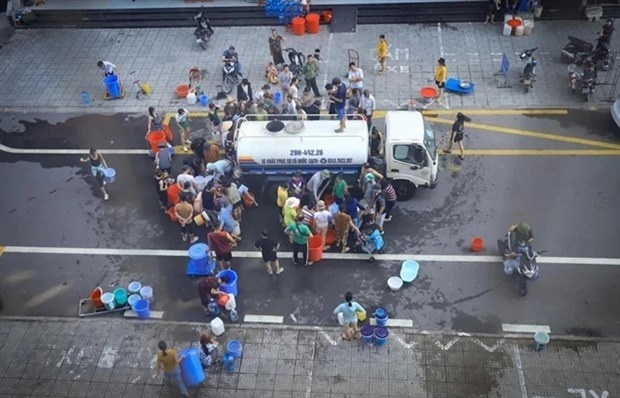
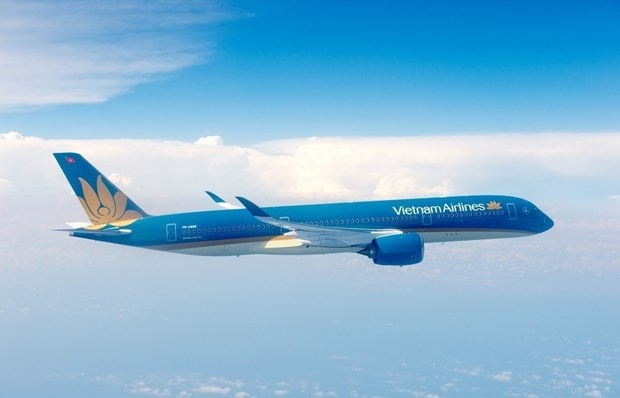
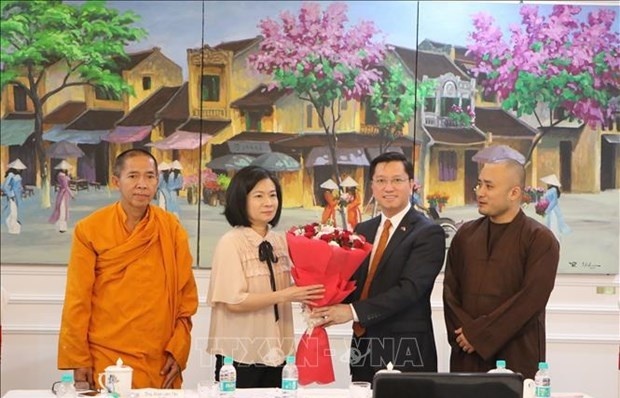
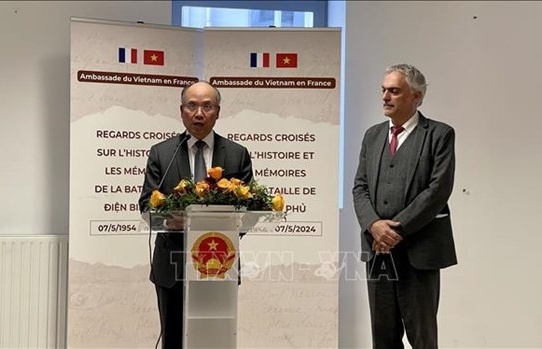
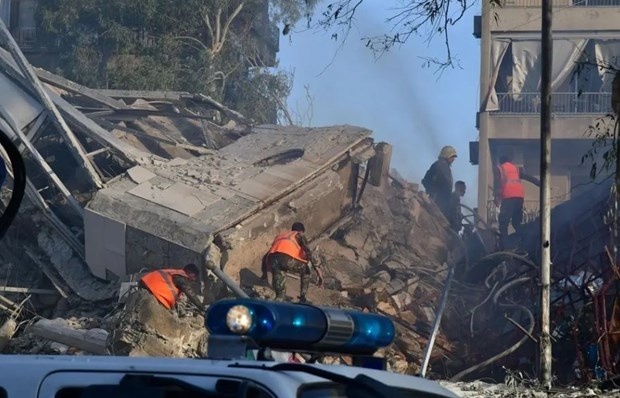
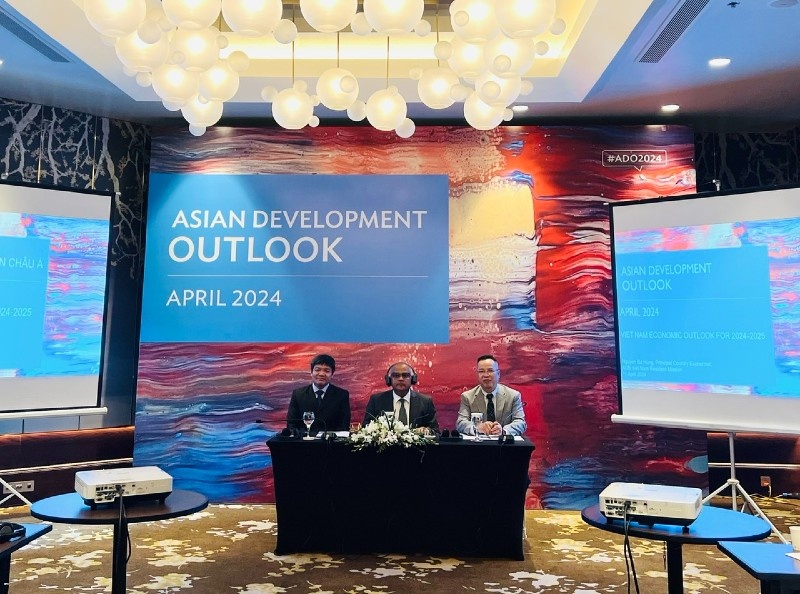


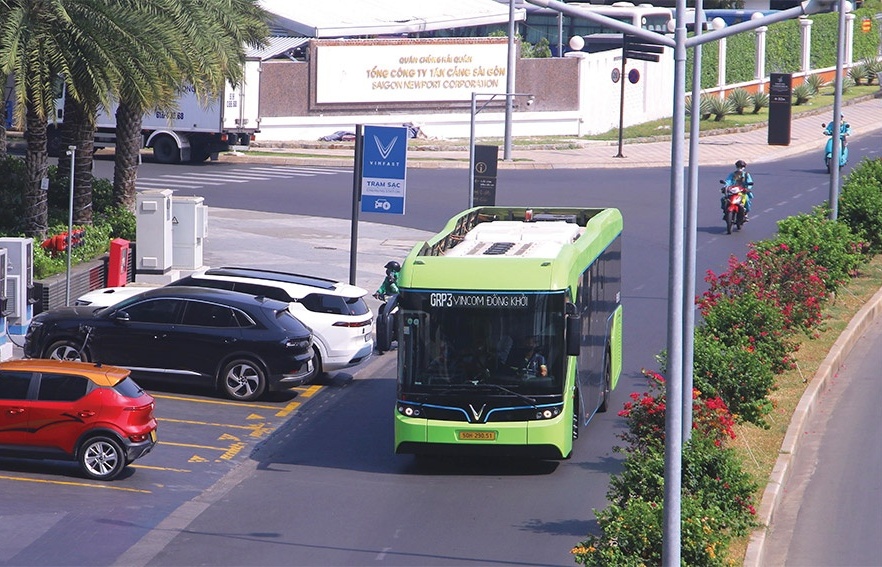
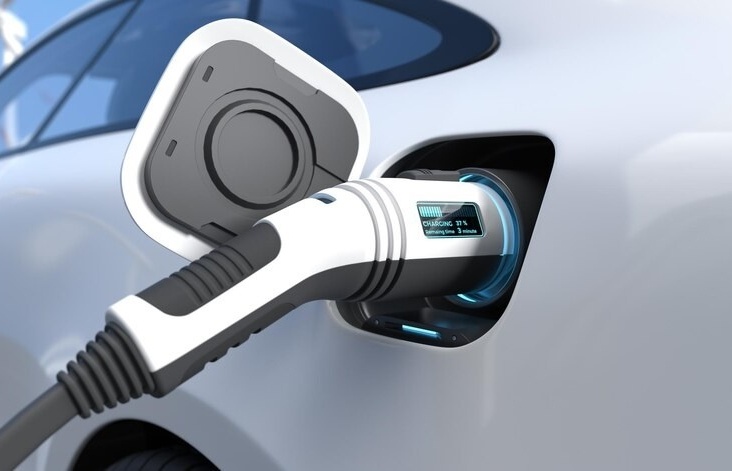
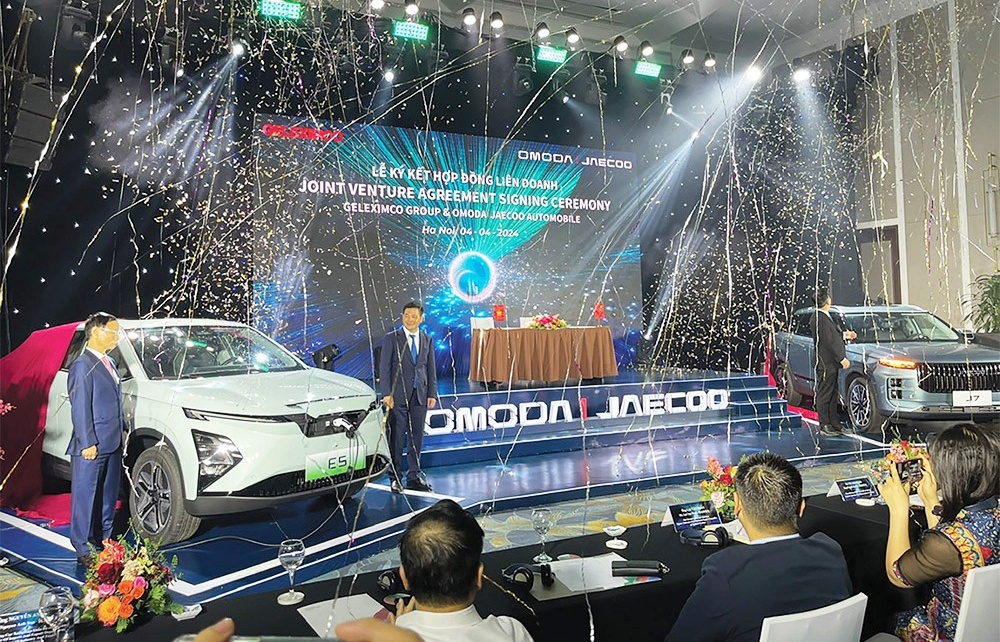
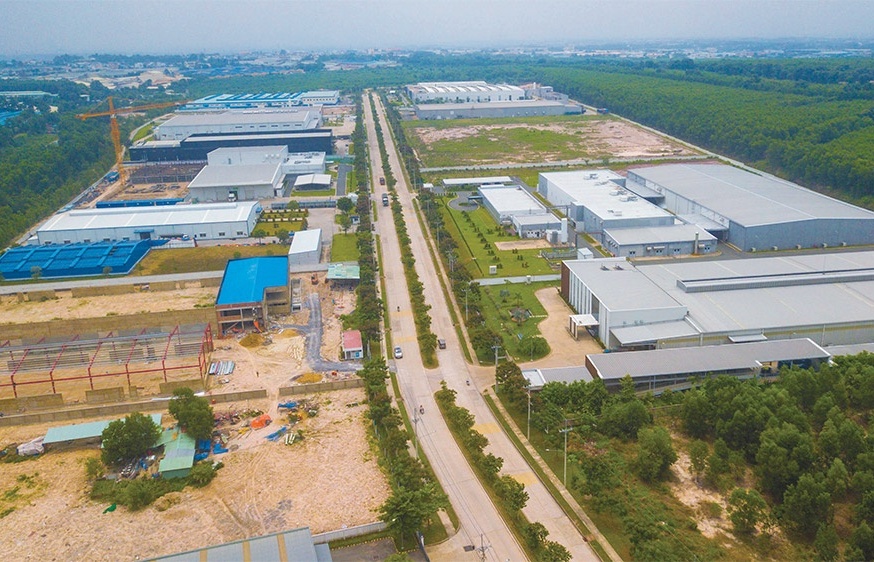



 Mobile Version
Mobile Version